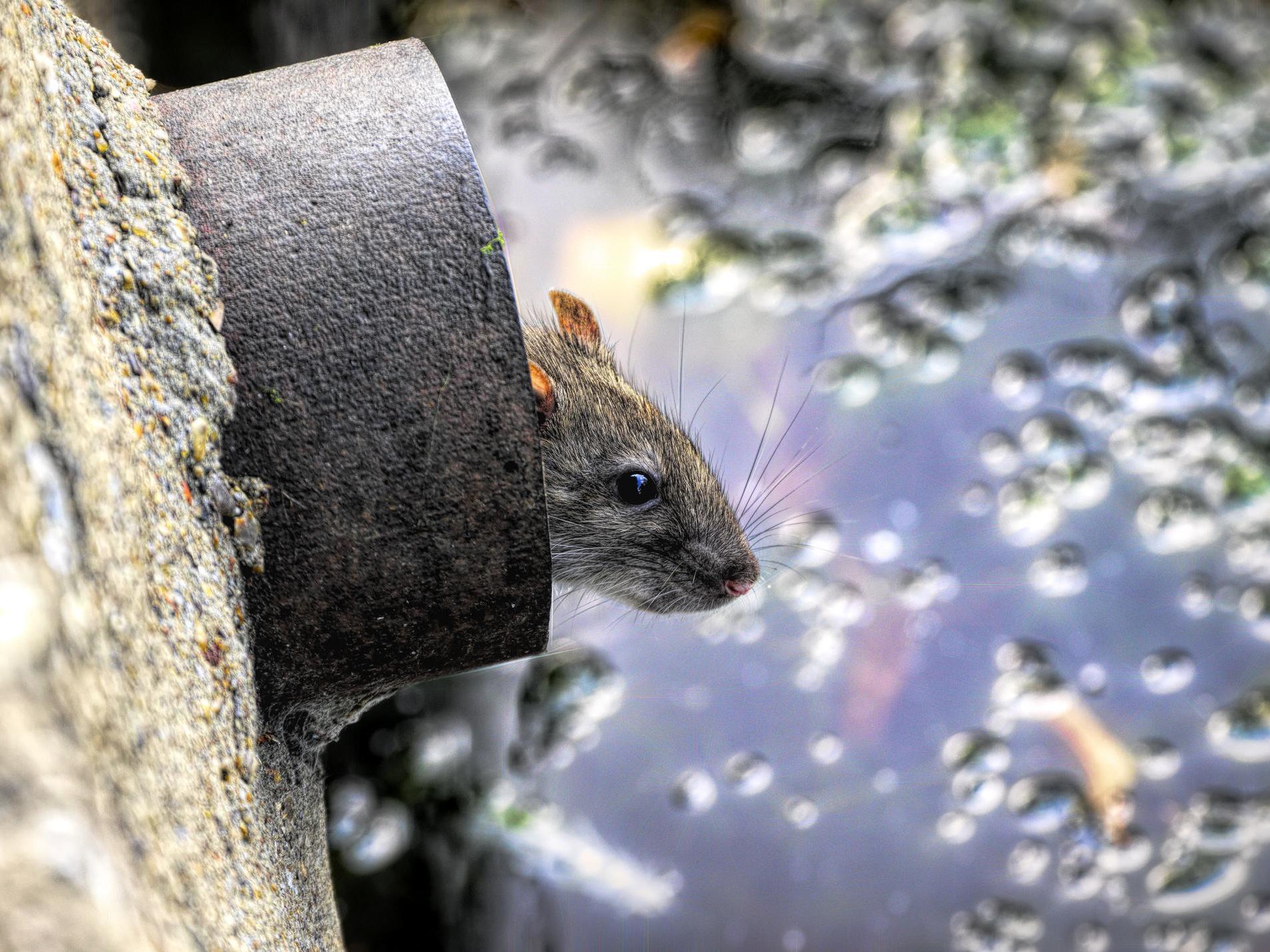The Independent's journalism is supported by our readers. When you purchase through links on our site, we may earn commission.
Human destruction of natural habitats allows disease-carrying animals to thrive, scientists find
Land use change may increase rise of diseases such as Covid-19, researchers say

Humanity’s manipulation of the natural world promotes the spread of disease-carrying animals and limits populations of species less likely to carry that illnesses can infect people, a study has found.
Ecosystems managed by humans are home to more species that typically host infectious diseases compared to undisturbed habitats, according research led by scientists at University College London.
With the world in the grips of the Covid-19 pandemic, the study’s authors warned humanity must come to terms with the way it treats this ecosystems and the implications for future spillover of disease-causing microorganisms that spread from animals.
“The way humans change landscapes across the world, from natural forest to farmland for example, has consistent impacts on many wild animal species, causing some to decline while some others persist or increase,” said lead author Rory Gibb, a PhD candidate at UCL’s Centre for Biodiversity and Environment Research.
“Our findings show that the animals that remain in more human-dominated environments are those that are more likely to carry infectious diseases that can make people sick.”
Zoonotic diseases – or those that jump from animals to humans – are widely accepted to be affected by changes in land use.
However questions have long remained over whether the types of animals that carry such diseases benefit from the way humanity adapts and converts natural spaces.
Studying evidence gathered from 6,801 ecological communities, spanning across six continents, researchers assessed 184 studies involving nearly 7,000 species – 376 of which are known to share pathogens with humans.
The study, published in the journal Nature, concluded that not only do animals known to carry pathogens become more common in human-dominated landscapes, but the number of animals who did not carry zoonotic pathogens declines.
This effect was found to be strongest for rodents, bats and passerine bird species.
Senior author Professor Kate Jones, of UCL and the ZSL Institute of Zoology, said: “Global land use change is primarily characterised by the conversion of natural landscapes for agriculture, particularly for food production.
“Our findings underscore the need to manage agricultural landscapes to protect the health of local people while also ensuring their food security.”
She added: “As agricultural and urban lands are predicted to continue expanding in the coming decades, we should be strengthening disease surveillance and healthcare provision in those areas that are undergoing a lot of land disturbance, as they are increasingly likely to have animals that could be hosting harmful pathogens.”
Join our commenting forum
Join thought-provoking conversations, follow other Independent readers and see their replies
Comments